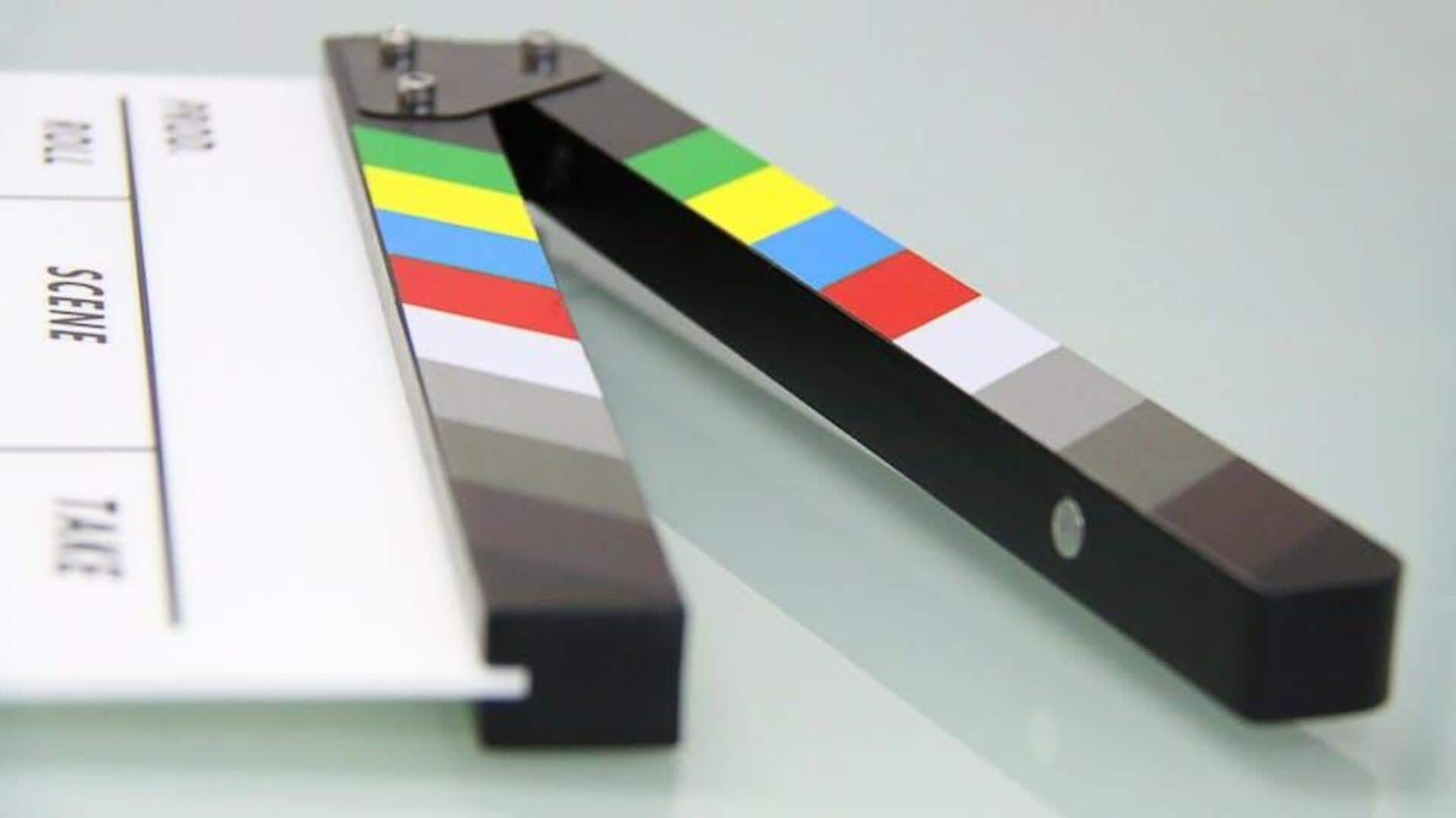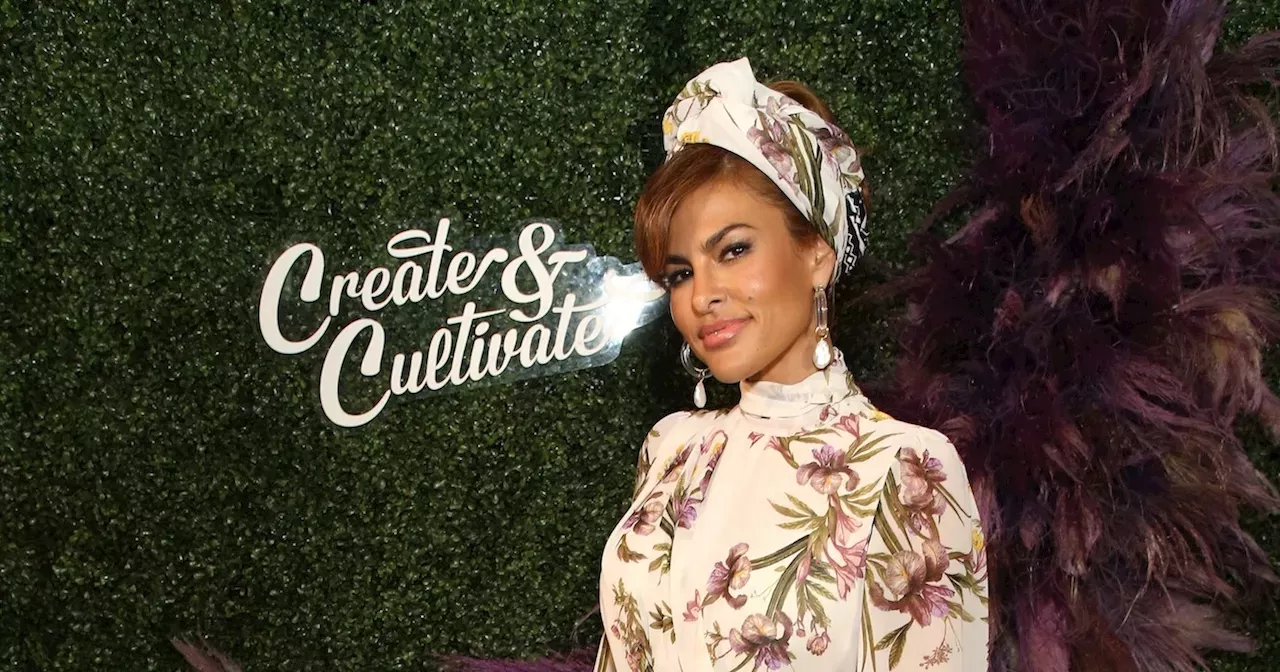Visitors to the who have red-green color blindness can now borrow special glasses to enhance the colors they see inside the museum. Jason Le, a at the Portland Art Museum, was among the first people to try the EnChroma brand glasses at the museum last week. “A lot of my job is curation and art analysis and looking at art constantly, every day,” Le said.
“I think a lot of people experience art in completely different ways, and that’s one of the beautiful and powerful things about it.” Le stood in front of “ ,” a towering painting from 1630 that depicts a Spanish princess in a cherry-red satin gown. “I didn’t think I could see such vibrant reds,” Le said.

“It enhances the opulence of her dress. I can see a lot more shifts in the colors that I don’t think I have noticed before.” Portland Art Museum is believed to be the first museum in Oregon to offer to patrons, but they are available at various public spaces across the state.
In 2020, the city of Sandy became the first city in the nation to install at two locations that offer views of Mount Hood. Similar viewers are now also installed at the Bonneville Lock and Dam. Lincoln City recently purchased nine pairs of glasses, which can be borrowed by visitors .
Lenses on EnChroma glasses contain a light filter that increases the contrast in reds and greens, allowing most people with red-green color blindness to see a wider array of hues. The glasses don’t cure color blindness, but for people with the most common forms of color vision deficiency, they can provide a sharper contrast and vibrancy to the vision spectrum. The glasses retail for between $200 and $400.
According to EnChroma, one in 12 men and one in 200 women have a form of color blindness. “At first, everything looked very red, like everything was red,” said Daniel Laus, 13, who tried the glasses at the Portland Art Museum. “Now that my eyes are adjusting, the reds are still very vibrant, but everything else is seeming like their normal color.
” Becky Emmert, the museum’s head of accessibility, also has color blindness. Hanging in her office is a painting by Pakistani American artist Shaheena Shamim-Faisal that shows hands using sign language against a green background with red lines. “While I’ve lived with this work for over 20 years, it wasn’t until I tried the EnChroma glasses that I saw the red motion lines,” Emmert said.
“That was a really incredible moment. You think you know something, but you don’t know what you don’t see.” The Portland Art Museum has three pairs of adult-size glasses and two youth-size pairs available for free check-out by patrons.
They were purchased through a grant from FRAME, , that funded a variety of ways for blind and low vision visitors to engage with art. The grant also funded the museum’s “Sensing Art” collection, which features four tactile art pieces that patrons can touch. Artist Michael Cantino created the series of 3D printed art pieces after working for years as a Braille transcriber.
“I kind of fell in love with that process of taking visual content and presenting it in a tactile medium,” Cantino said. “The overall idea is that we’re providing access to visual or graphic content that blind users otherwise wouldn’t have access to.” Museum visitors with visual impairments can borrow a variety of other assistive technology, including magnifiers, flashlights, iPads and headphones.
.



















